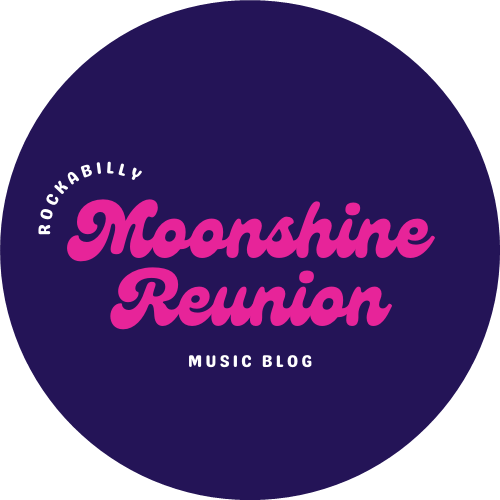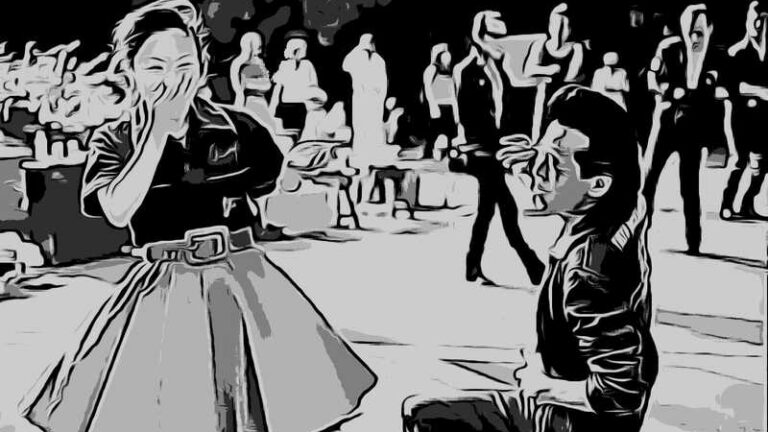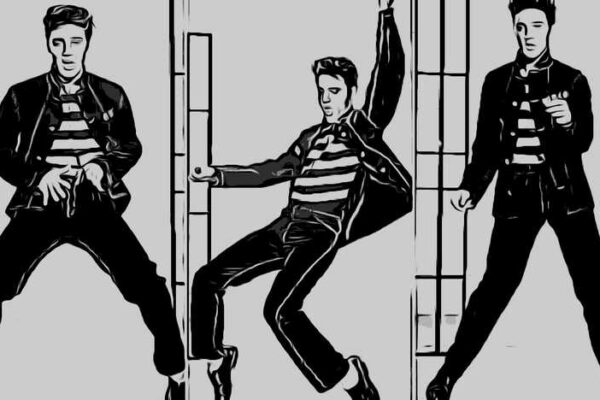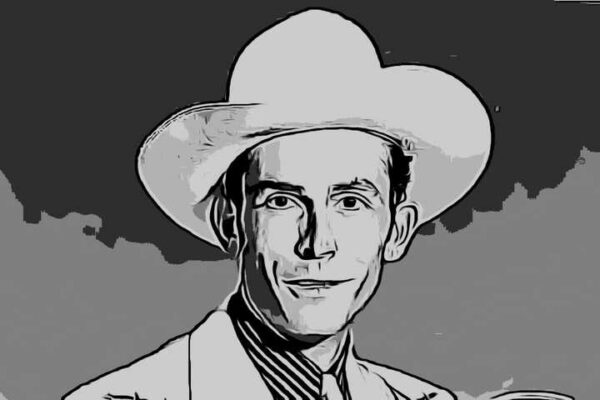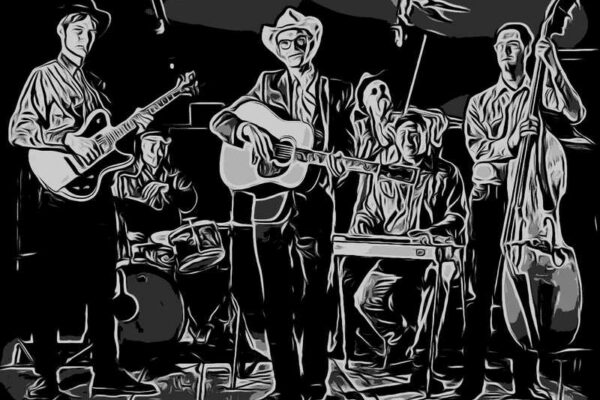The Japanese music scene is as interesting as it is weird at times. While groups like AKB48 may dominate the radio, there are a plethora of brilliant bands and underground genres to be discovered. And, as in the rest of the world, genres and bands in Japan come and go. When it comes to the ebbs and flows of popularity, though, one genre stands out above the rest: Rockabilly.
Though you may not immediately identify the country-tinged rock genre with Japan, you should. Even before the Internet, rock music was sweeping the globe and dominating the charts–and Japan was no exception.
The Early Days
As a teen in postwar Japan, your only options were to listen to your favorite songs on the radio, purchase the album, or discover a musician who did covers. This also resulted in an intriguing trend in Japanese rock music. As rock and roll and rockabilly were so similar, Japanese labels didn’t bother explicitly separating the genres. That could drive a music nerd insane today. In the 1950s and 1960s record companies only cared about album sales.
As a result, the distinction between rock and roll and rockabilly in Japan could best be described as fuzzy.
Nonetheless, there were many brilliant musicians performing both rock & roll and rockabilly. When labels were looking for a genre for a new musician, they frequently chose rockabilly. The “Three Rockabilly Men,” Keijiro Yamashita, Masaki Hiraou, and Mickey Curtis, who all performed regularly at the Nichigeki Western Carnival, were the three biggest rockabilly stars of the period (and who did genuinely play real rockabilly). The Western Carnival, which also featured country western music, was a revelation for Japan’s youth and put on some some thrilling concerts.
Screaming fans and paper streamers thrown from the audience may seem tame to current audiences. However this was the pinnacle of decadence for many of the young fans at the time.
Keijiro Yamashita, a model-turned-singer who recorded a rocking, gritty rendition of “Jailhouse Rock,” and Michiko Hamamura, a model-turned-singer who produced a belting rendition of “Jailhouse Rock,” are two of our favorite vocalists from the era. Despite the fact that men appear to have dominated the rockabilly scene, there was certainly room for women to succeed.
The carnival, which generally mirrored the growth and collapse of rockabilly, lasted nearly 20 years. Its debut event in 1958 and its final 56th show in 1977.
The comeback
Rockabilly, like in the United States, gradually fell out of fashion. Whilst, just like in the West, “oldies” experienced a comeback in the 1970s that lasted through the 1980s, rockabilly itself had a tremendous revival in the 1990s and early 21st century. Not only in music, but also in extreme fashion reimaginings!
Carol and The Cools were two of the first bands to reintroduce rockabilly to Japan. The bands, all dressed in black leather slicked their hair back with oil and performed onstage with motorcycles. Carol lasted only a few years (from 1972 to 1975). The Cools, however, have been popular since their formation in 1977.
The 1980s saw the formation of even more rockabilly bands, notably the Black Cats, who toured the United States with the Go-Go’s. They garnered fame both domestically and internationally, especially in Japan. Though the band disbanded in 1986 after only five years together, their fashion took the Cools’ greaser/biker image and added the ducktail haircut that later rockabilly fans and bands would become famous for.
The stand-up bass is one of the best aspects of rockabilly. That deep, throbbing groove hits you like a thunderbolt in the chest. Who can say no to its invite to the dance floor? Magic, a Shibuya-based rockabilly band active from 1988 to 1999, has one of the greatest bass passages in the genre with their song “Rockabilly Carnival.”
The Hillbilly Bops were hugely influential on the Japanese rockabilly scene in the 1980s until they broke up in 1990, adding a bit of a punk flavor, comparable to the psychobilly bands who rose to international popularity in the 1990s. Despite the fact that their original singer died in 1988, they continued for another two years with a new singer before calling it quits. But that is not the end of the story for this band; they regrouped in 2004 and continue to perform to this day, albeit in a much more limited capacity. You don’t stop rocking just because you grow up and got a job. It simply means you won’t be able to rock out as frequently.
Following the Hillbilly Bops’ first breakup, Tsuyoshi Kawakami, the band’s bassist, created the Vincents. They even opened for the Stray Cats when the American rockabilly band visited Japan. Despite their success, the Vincents disbanded after only four years. Nonetheless, they left a legacy of records.
You’re undoubtedly wondering what happened to the female singers by now. Blue Angel, a band that contains the incredible vocals of Akiko Urae are still active and performing throughout Japan. If you get the chance to see them, you must go.
The Mackshow, a Tokyo-based three-piece band, is also active and recently put out a new album. Though their music leans more toward traditional rock and roll, many of their tracks feature the heavy pounding bass of rockabilly.
Peppermint Jam is another great Japanese rockabilly band. A proper rockabilly band featuring a stand-up bass, melodic gang choruses, and of course leather jackets. Though the band hasn’t produced an album since 2008, they’re still active and touring.
